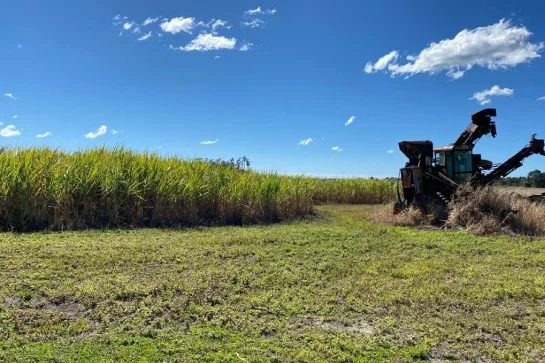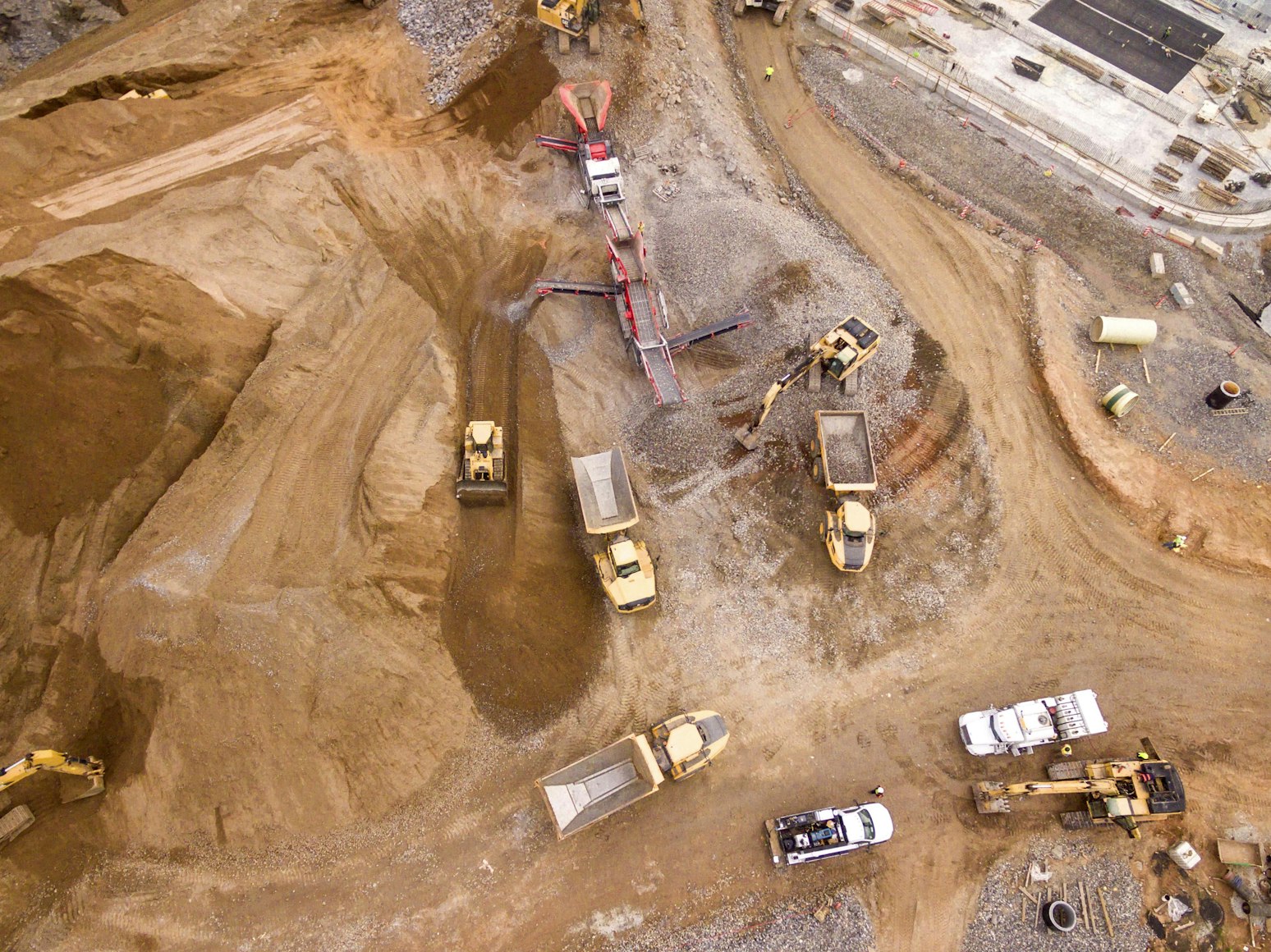The AMA has joined all Australians in mourning the passing of former Prime Minister Bob Hawke.
AMA President Dr Tony Bartone described Mr Hawke as a larger-than-life figure who earned a national and international reputation as a reformer and humanitarian.
“One of his biggest reforms was establishing Medicare in the 1980s,” Dr Bartone said.
“The bedding down of Medicare throughout the 1980s created tensions and disagreements between the Hawke Government and the AMA and other medical groups, but Bob Hawke and his Ministers remained engaged with the AMA and heard the concerns and recommendations of the profession.
“Using his well-honed industrial skills, Mr Hawke would regularly personally get involved in talks and negotiations with the AMA and the broader medical profession.
“Medicare has evolved over the last 30 years and is still here today as part of a world-class universal health system that is loved by the Australian people and supports their access to Australia’s doctors.
“Medicare is just one of many significant reforms initiated by Bob Hawke. It is a legacy that has touched the lives of every Australian.
“Bob Hawke was a great Australian. He will be missed.”
Timeline – Bob Hawke, the AMA and Medicare
Dr Lindsay Thompson was President of the AMA at the height of its confrontation with the Federal Government over the introduction of Medicare – which was a very different proposal to the Medicare we have today.
Prime Minister Bob Hawke became personally involved in the dispute and offered some concessions, but not enough initially to satisfy rising disquiet among the medical profession. The nation’s first doctors’ strike was the result.
Below is an edited timeline of events, extracted from the AMA history and annual reports of that time.
May 1982 – Dr Lindsay Thompson elected President of the AMA.
March 1983 – Bob Hawke, new Leader of the Labor Party, elected Prime Minister of Australia.
“I was deeply conscious of the new Labor Government’s health plans, to be called Medicare, and the ongoing continuum of problems dating back to the introduction of Medibank which had, in 1973, been fiercely opposed by the AMA,” Dr Thompson later said.
The Government invited the AMA to take part in a National Economic Summit Conference, which would produce the government-union Accord. Dr Thompson noted that the AMA’s invitation to the summit was an indication of its national significance and influence.
The major focus for the AMA in 1983 was the new Government’s health policy and the impending introduction of Medicare. The AMA discussed these issues with Dr Neal Blewett, the new Health Minister, and his advisers.
“Frank discussions took place on a number of occasions in the following nine months,” the AMA’s 1983 Annual Report says, “but, as the Government’s plans unfolded, more and more difficulties arose.”
Provisions of Section 17 of the Health Insurance Act introduced with Medicare were of most concern to the AMA. Section 17 gave the Minister the power to impose any controls he chose on the private practice of medicine in public hospitals, including control of fees.
The AMA sought vigorously but unsuccessfully to have a right of appeal included in the legislation, along with the requirement that regulations by which the Minister exercised this power be subject to Parliamentary scrutiny and/or disallowance.
The Government’s refusal to recognise the AMA’s view on this would shortly lead to chaos in the hospital system.
The Parliament amended the legislation in line with AMA advice on some small matters, but for the most part, the legislation remained intact and as the Government intended.
October 1983 – The legislation, having been approved by both Houses of the Parliament, was given Royal Assent.
December 1983 – The AMA meets with representatives of the Australian Association of Surgeons, the Australian Society of Anaesthetists, the National Association of Medical Specialists and the National Association of General Practitioners of Australia to deal with the Sec. 17 threat to doctors’ existing hospital contracts emanating from the new powers given by the legislation to the Health Minister.
The AMA Federal Council, expressing its “continued strong opposition” to the Sec. 17-type proposal, advised AMA members to consult their State branches before signing any Sec. 17-type contracts.
January 1984 – Less than three weeks before the onset of Medicare, AMA representatives met with Dr Blewett in Adelaide. He refused any substantial changes. Three days later, Dr Thompson issued a statement that most doctors in most States would not sign the proposed new contract.
February 1984 – Dr Blewett announced that the application of his guidelines would be deferred for a month, and that a three-person committee (including one AMA representative) would inquire into private practice arrangements in public hospitals. The chair would be Professor David Penington of The University of Melbourne. The AMA nominated radiologist Dr John Cashman as its representative. The problem seemed to be heading towards compromise, if not solution. But the Government proceeded with formal gazettal of the prescribed services. More meetings were held between the AMA and the Health Minister. Unrest built among the AMA State branches.
March 1984 – Prime Minister Hawke intervenes and invites the AMA President to meet with him. At that meeting, Mr Hawke offered that, if the AMA asked doctors to sign new contracts where this was required, the Government would agree in advance to any recommendation relating to appeal and review procedures by the Penington Committee. The AMA Federal Council decided at a special meeting that it appreciated the Prime Minister’s conciliatory approach, but that his Government’s offer did not meet the concerns of doctors.
Federal Council urged branches to continue negotiating mutually satisfactory arrangements with State Governments. By then, dissatisfaction had turned into action.
Implementation of the guidelines was deferred to March 14, but on March 6 the NSW branch had already called on medical staff at public hospitals in the State to withdraw all but emergency services for 24 hours on a weekly basis from March 19.
Later in March, it decided to extend its industrial action by calling a one-week strike from April 9. Radiologists in New South Wales had withdrawn services from March 14. Visiting doctors in the ACT began an indefinite strike on the same day. The next day, a meeting of members in South Australia authorised the State President to call a 24-hour stoppage at his discretion. On the day after that, 1,200 members in Victoria authorised the State branch to initiate industrial action on March 27 and to plan selective withdrawal of services from March 29. It was decided later that all but emergency services would be withdrawn in Victoria from April 5.
Late in March – on the initiative of the Australian Democrats – the Government amended the Act to provide that the guidelines be tabled in Parliament where they would be subject to disallowance. The AMA decided that this was still not enough to solve the problem, but it did offer in response a proposal that, if a system of consultation, review and appeal was formally included in the legislation, the industrial action planned in Victoria for April 5 would be called off as a demonstration of goodwill.
As a result, discussions were arranged between the AMA, Dr Blewett and Industrial Relations Minister Ralph Willis (including one meeting that went from 9pm to well into the early hours of the next day) that resulted in a truce – uneasy, but a truce.
October 1984 – The final Penington report, proposing that an interim AMA-Government consultative committee consider its many detailed recommendations, was published. Its recommendations included that private doctors’ fees for diagnostic services in public hospitals such as radiology and pathology should be at or below the schedule fee, and that schedule fees be reviewed annually by a committee of medical peers.
December 1984 – despite the well-understood formal limits to the power of the Federal AMA to influence what was clearly an internal State matter – the NSW branch of the AMA and senior royal clinical Colleges asked Dr Thompson to intervene in the NSW dispute, which had been festering for most of the year over the State Government’s enacted complementary Medicare legislation that gave it powers over how doctors would be appointed to, and work in, public hospitals. Surgeons and specialists had resigned from public hospitals.
The Society of Orthopaedic Specialists and the Association of Surgeons created the Council of Procedural Surgeons (COPS) to negotiate on their behalf.
February 1985 – Prime Minister Hawke calls a meeting with COPS and, along with the NSW Government, offers an “unequivocal public undertaking” not to abolish private practice in public hospitals and to negotiate changes that would ensure “maintenance of private practice at a viable level”. In return for this, he asked that the doctors return to their hospital positions. The COPS said the meeting was unproductive.
Later, Mr Hawke would say: “It became apparent during the discussions that the specialists had no real intention of reaching an agreement. They came to Canberra simply to tear up Medicare.”
Mr Hawke then contacted Dr Thompson and held a meeting with the AMA the following day. That meeting reached agreement on negotiations on the basis of a call by the AMA for doctors to return to work and an undertaking by the Government not to advertise specific specialist vacancies.
February 1985 – Negotiations agreed with the Prime Minister on February 21 proceeded until, on April 2, agreement was reached, which was widely interpreted in the media as a victory for the AMA.







